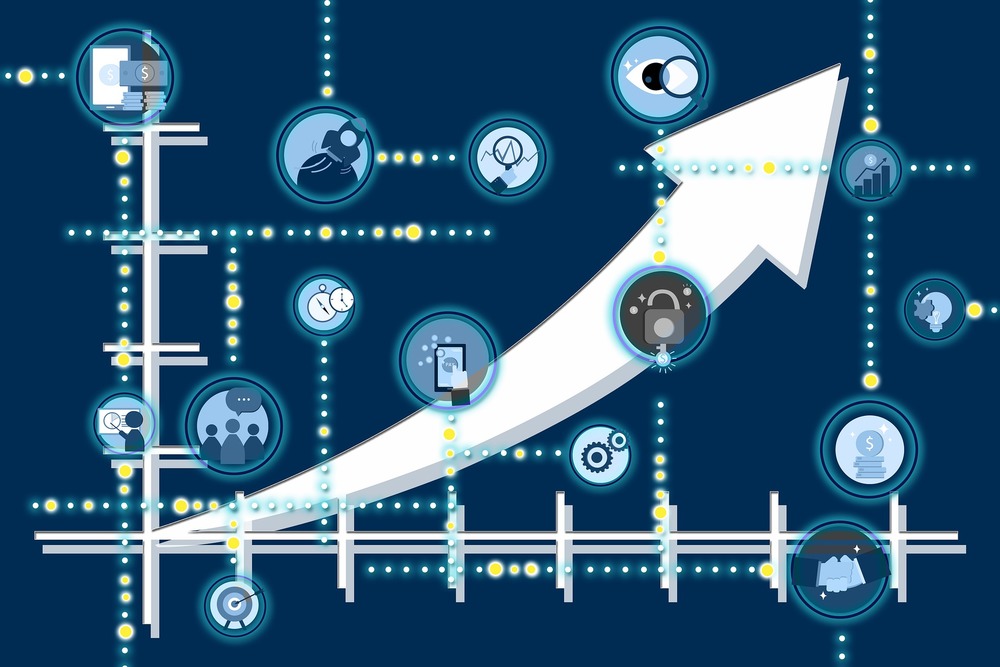This article is part of a blog series on the supply chain in the construction industry, exploring how it can be improved to overcome today's pitfalls.
The impact of Covid on the supply chain, in the construction industry, as well as the war in Ukraine are still very much felt in 2023. Inflation is high, and the industry is experiencing a lack of resources both in terms of labor and material.
A recent survey by Dodge Data & Analytics found that contractors still expect in 2023:
You certainly can. Here are some examples:

Linesight, a global construction consulting firm, has released its Q4 commodity report. The findings for 2023 are that:
The aluminum, copper, and nickel prices will decrease due to a good ratio of demand/offer. All other commodities (steel, asphalt, limestone, cement, welded mesh, bricks, drywall, diesel, etc.) will increase.

Construction supply chain management, to move construction materials quickly and cost-effectively, requires:
Your projects will then meet the owners’ goals in terms of delivery and budget, and your building will be efficiently constructed and maintained.
Bring the construction supply chain processes of your projects into one single management system
To manage your supply chain efficiently you need to:
Managing your supply chain efficiently and productively is demanding but essential for your projects to be delivered on time, on budget, and according to the owner’s requirements. We explore below some ideas you could try to improve your supply chain. Do not let your customers and/or manufacturers down! Apply the following principles to mitigate the risks of a failing supply chain.
To control your inventory, you need to know, in real time, where the goods are, when they will be delivered, when they are assembled, and when the handover will happen. There are many tools you can use, like plannerly.
Make sure systems are in place to provide you with easy:

The construction process of an asset uses a wide variety of materials, and many of them are shipped from remote locations.
Some of these materials have volatile prices in the international market.
Construction requires a significant input of man-hours, fuel, and electricity.
Another important element is time. In theory, estimators can break the list of materials down to exact quantities of bolts, nuts, and nails. However, this approach is time-consuming, especially in large projects. Procore, has developed a cost-estimating module critical to the success of 5D BIM which allows you to:
Build in your workflow real-time data across the entire supply channel to:
Planning and forecasting appropriately are fundamental when the supply chain is under pressure as it is now.
The supply chain planning system should run, 24 hours, 7 days a week to:
You should consider the design phase of a project as an integrated system. The planning starts during the design phase and includes future team members of the construction and maintenance.
The whole team is looking at various alternatives which are desirable from all points of view, eliminating the necessity of extensive revisions and avoiding clashes.
You should have tools to help you to:
FMI, the leading provider of consulting and investment banking to the Built Environment, said:
Optimising digital technology is probably just what the construction industry needed. Now in the absence of true face-to-face interactions, these tools have become essential to maintaining schedules and good communication. They have become as ubiquitous as a hammer drill or backhoe on job sites, enabling teams to close the distances and utilize time more effectively
Your management team should set goals to fully implement BIM and make sure that these goals are understood by every team member, planned for, and delivered, to facilitate:
In the current climate, your suppliers may have difficulties responding to the high demand with tight deadlines. Your only solution to satisfy your clients is to find alternate suppliers both locally and internationally.
You will then be able to disseminate the risk over different suppliers. If you rely too much on offshore suppliers, to keep your prices down, you risk having long lead times and increased delays. To mitigate this risk you should optimize your ratio of suppliers with short and long lead times, and different price models.
To succeed in a difficult economic environment, you should embrace change and be open to:

To be successful you should have a slick and well-managed supply chain. The essential principles are:
Most firms intend to establish their best practices, but work gets in the way and they are never created. £220 million are wasted per year in the UK alone. As a result, there are people solving problems that others have already solved.
Driving Vision's BIM expertise diagnostic looks at how you can eliminate waste (time and material), and improve your margins and the quality of the information provided during the design and construction phases.
A Driving Vision expert will conduct the interviews online and will issue a report and discuss our findings with you. Together we will decide the best way to implement the solutions at your pace and according to your budget.
Implementing BIM can be daunting, but Driving Vision is here to help you at the pace you are comfortable with. Get started by getting in touch now
You minimise the level of investment required to implement BIM as we share the Research and Development costs with other client
You increase your revenue by staying ahead of the competition as BIM best practices allows you to win bigger and more rewarding projects.
You reduce your costs, more than our fees cost you, by decreasing potential litigations, rework, and errors and omissions
